LORD MAYOR LUKWAGO DETAILS 5-YEAR PROGRESS IN CITY ADDRESS
PUBLISHED — 29th, May 2025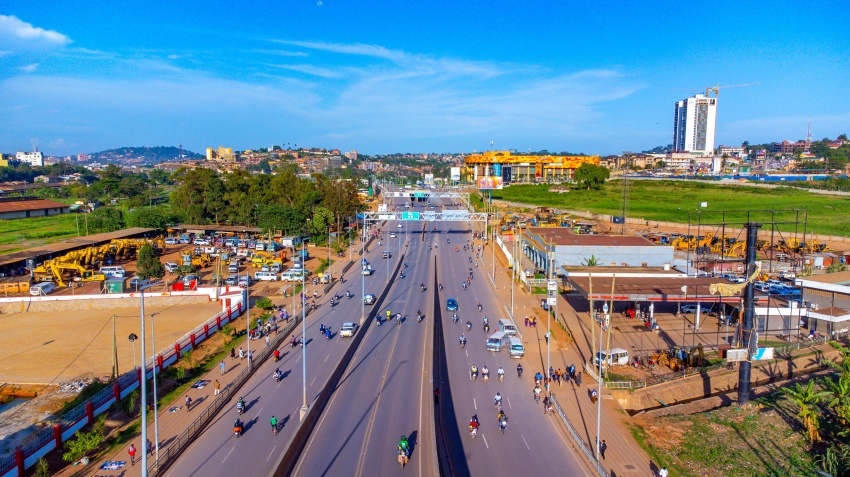
Kampala’s transformation over the last five years took center stage on Thursday as Lord Mayor Erias Lukwago delivered the eagerly awaited State of the City Address, presenting both a report card on key achievements and a bold policy agenda for the financial year ahead.
Addressing the Kampala Capital City Authority (KCCA) Council, Lukwago painted a picture of a city in motion, making steady gains in infrastructure, service delivery, and urban resilience while acknowledging areas where performance fell short.
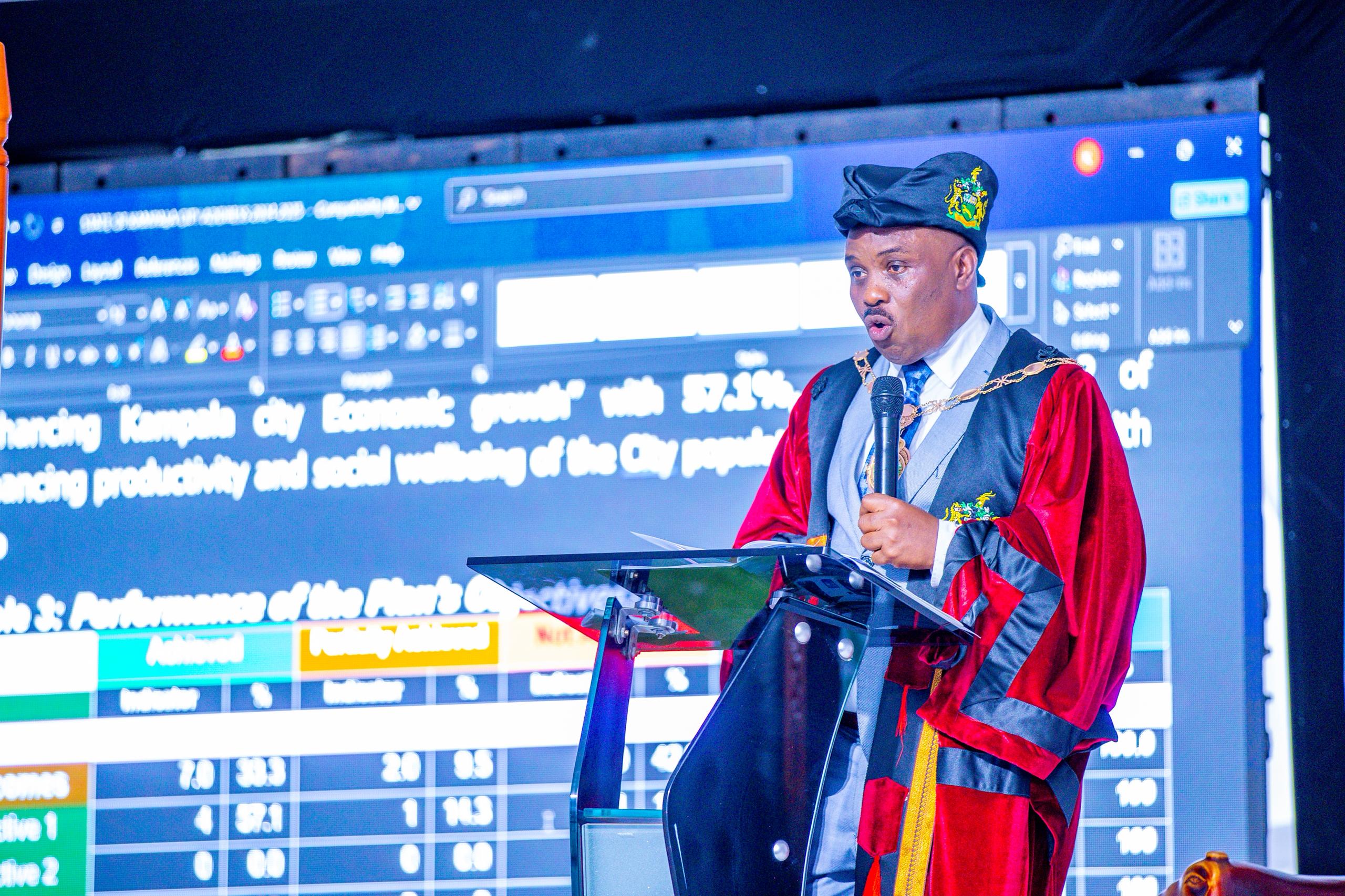
The most visible change in Kampala’s landscape has been its growing road network. Of the city’s 2,104 kilometers of roads, the paved portion has risen from 609.8 km (31%) in 2021 to 770.5 km (37%) in 2025. In contrast, unpaved roads those dusty gravel and earth stretches have reduced from 1,456 km to 1,333.5 km.
This shift was powered by a combination of funding sources: the Government of Uganda and development partners.
A major boost came from a $288 million loan secured from the African Development Bank under the Kampala City Roads Rehabilitation Project (KCRRP). So far, 30.5 km out of the planned 69.7 km have been completed, an overall progress rate of 44.2%.
Roads like Port Bell, Luwafu, Salaama, Sir Apollo Kaggwa, and Old Mubende are among those receiving a long-overdue facelift.
The Kampala Flyover phase I, is also now complete, promising relief for thousands of motorists.
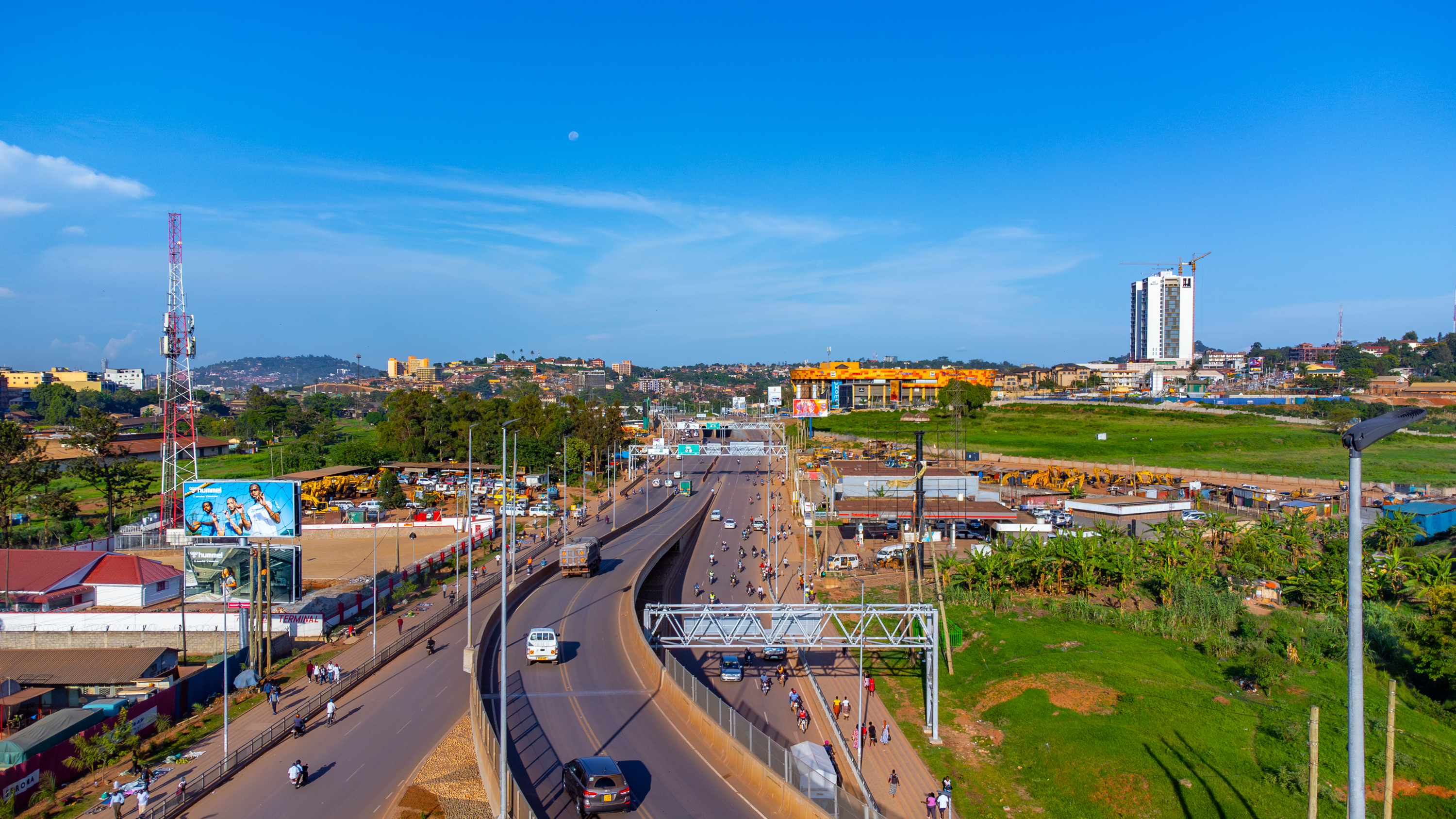
Kampala’s perennial flooding problem is also being tackled head-on. Under the city’s drainage upgrade programme, 5 kilometers of the Lubigi Channel and 3 kilometers of the Nakamiro Channel have been constructed. Several community drainages have also been fixed.
Meanwhile, the sewer network has expanded from 168 kilometers to 235 kilometers, with 1,184 new household connections made.
“This is a significant step toward a cleaner, more hygienic city,” the Lord Mayor said.
Street lighting crucial for safety and securityalso saw moderate progress. Of the 10,000 targeted units, 4,387 streetlights were installed, achieving 43.87% of the goal.
On the traffic front, the city set out to upgrade and signalize 54 busy junctions 27 under the JICA-funded MODERATO project and 27 under KCRRP. So far, 24 junctions (44.4%) have been fully completed, with six more under construction.
The Parish Development Model (PDM), launched in 2021, has also begun to make an impact. KCCA distributed UGX 9.5 billion to more than 19,000 beneficiaries across 98 PDM SACCOs within the city. The program is part of a nationwide strategy to lift communities out of poverty by empowering them economically from the grassroots.
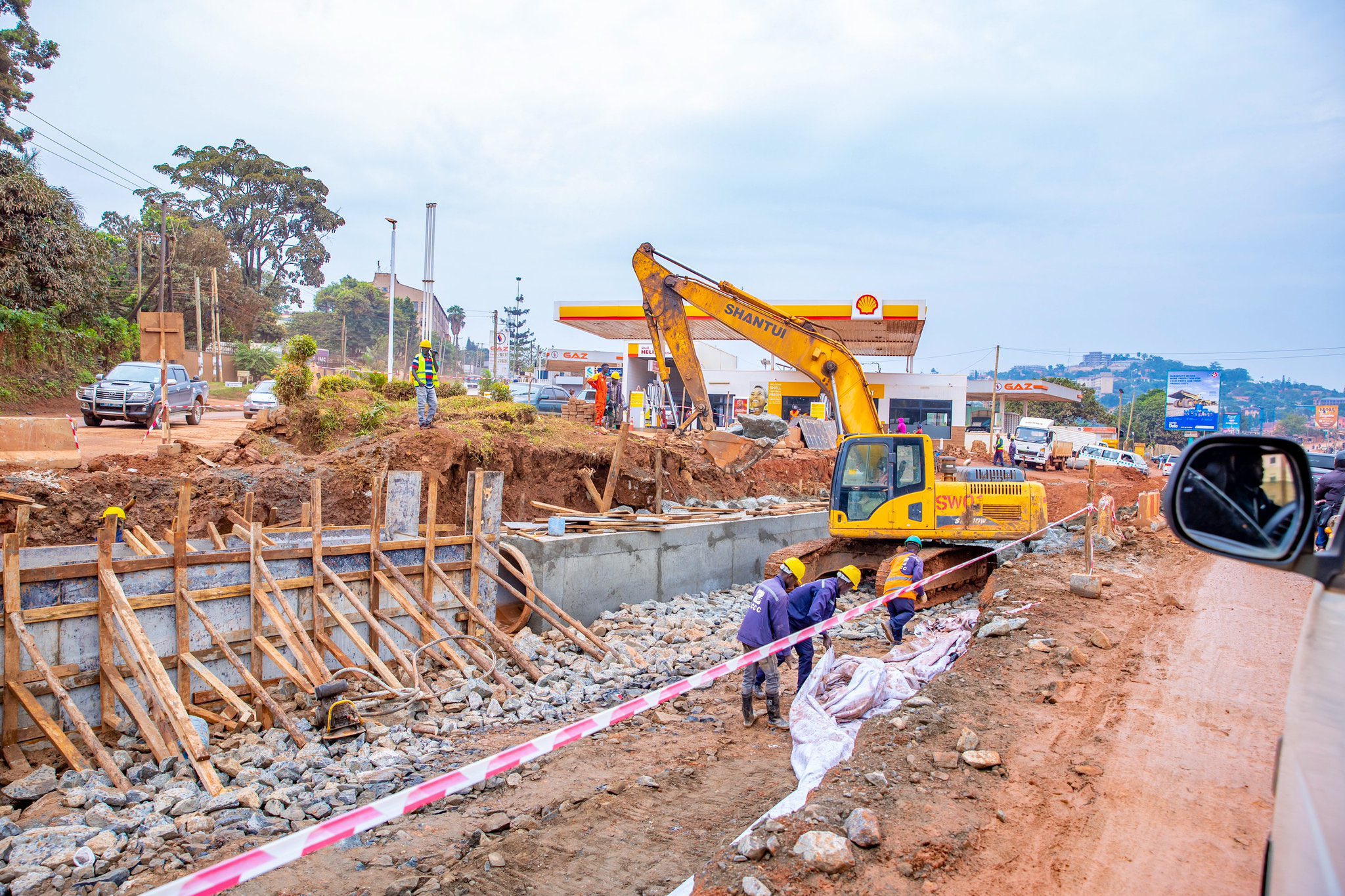
To improve accountability and responsiveness, KCCA developed a new Client Service Charter and set clear service standards. These tools, officials say, will guide how services are delivered, with the aim of building public trust.
Despite these gains, not all targets were met. Between 2021 and 2025, KCCA managed to collect and transport just over 1.88 million tons of waste to the Kiteezi and the newly established Buyala Waste management facility falling short of the 2.5 million-ton target. The culprit? An overstretched garbage fleet.
In 2021, the city had only 17 functional trucks. However, improvements have since been made: 10 new 16-ton trucks and 5 silt-clearing tractors have been added to the fleet. KCCA also rolled out 453 litter bins and 32 skips in high-traffic areas to help keep the city clean.
Speaking during the session, KCCA Deputy Executive Director Benon Kigenyi pledged full institutional support to drive the next phase of the city’s development.
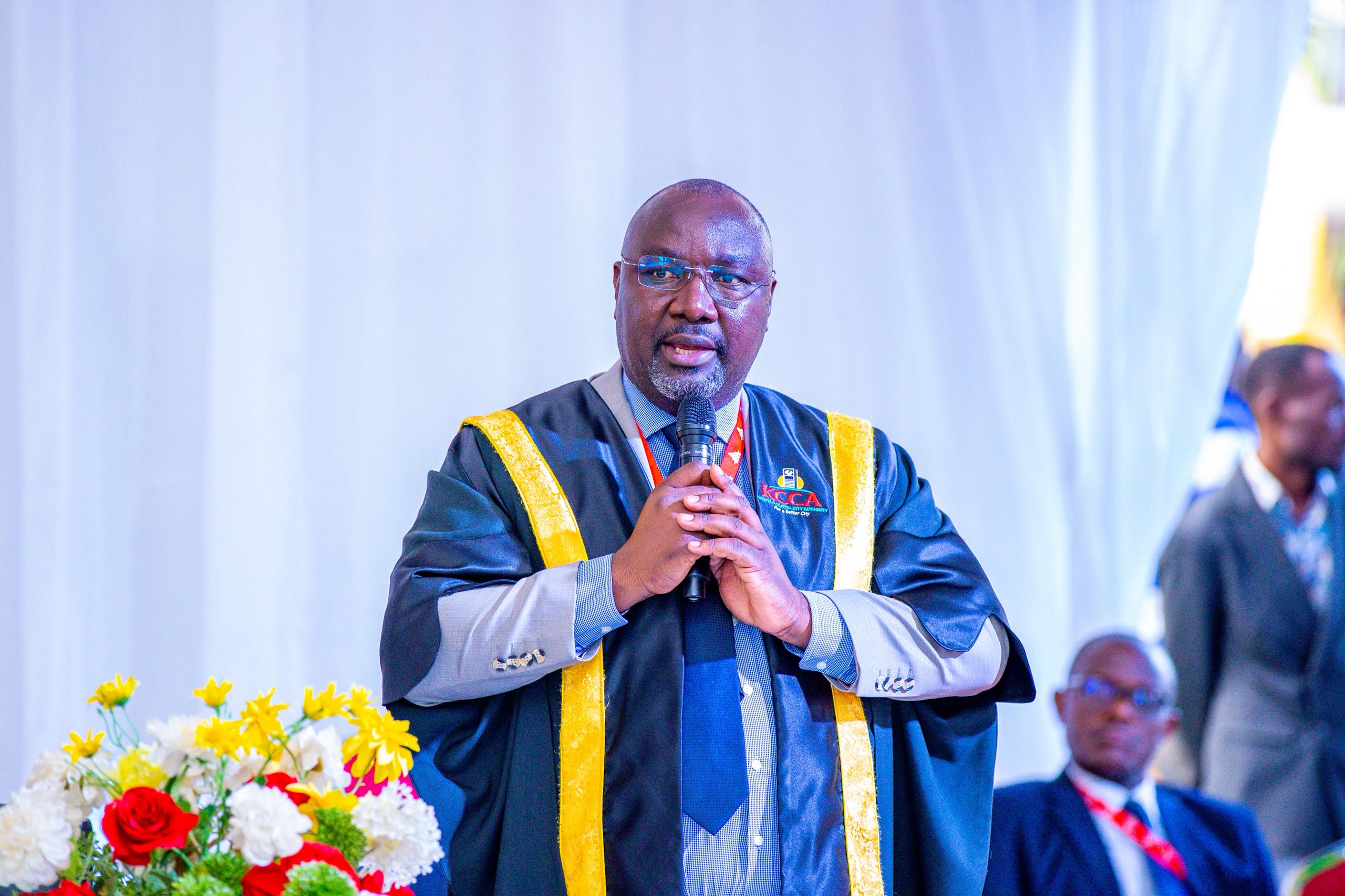
“Even when the road is bumpy, and the challenges are many, we are ready to deliver,” Kigenyi said.
Paul Mugambe, Mayor of Nakawa Division, reminded the council that “Kampala is the face of Uganda” and should be treated as a national priority.
Nakawa Speaker Godfrey Luyombya echoed the call for increased funding, noting that more than 65% of the national budget comes from Kampala and thus need for more funding into basic but critical services streetlights, roads, and garbage collection.
In conclusion, Lord Mayor Lukwago laid out the policy direction for the next financial year, promising to build on lessons learned and accelerate ongoing efforts. “Yes, we had low achievements in some areas. But we have taken stock, and this year marks the beginning of a new revolution in service delivery,” Lukwago said.
The city’s new agenda aims to push forward with infrastructure upgrades, enhance public services, and improve the everyday lives of Kampala’s residents.
News & Announcements
26th, June 2025
21st, June 2025
20th, June 2025
19th, June 2025
19th, June 2025
17th, June 2025
13th, June 2025
11th, June 2025
10th, June 2025
5th, June 2025


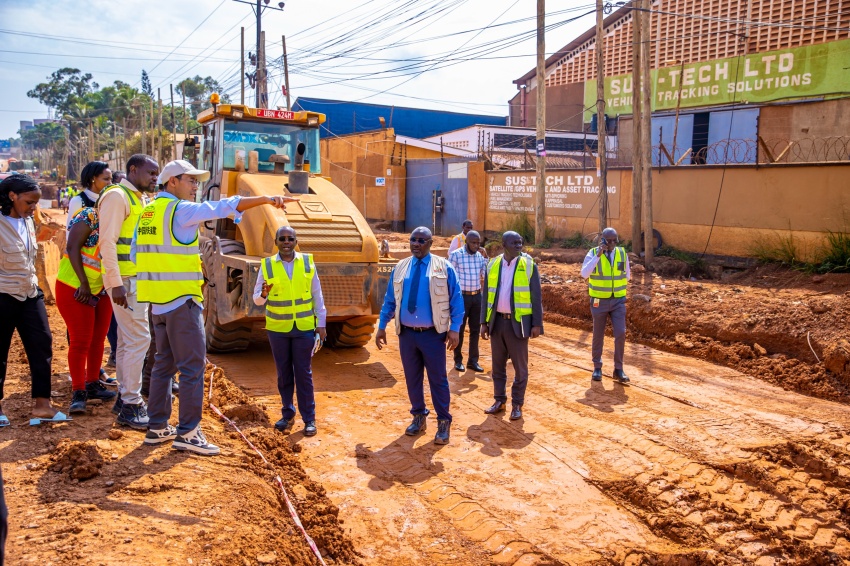

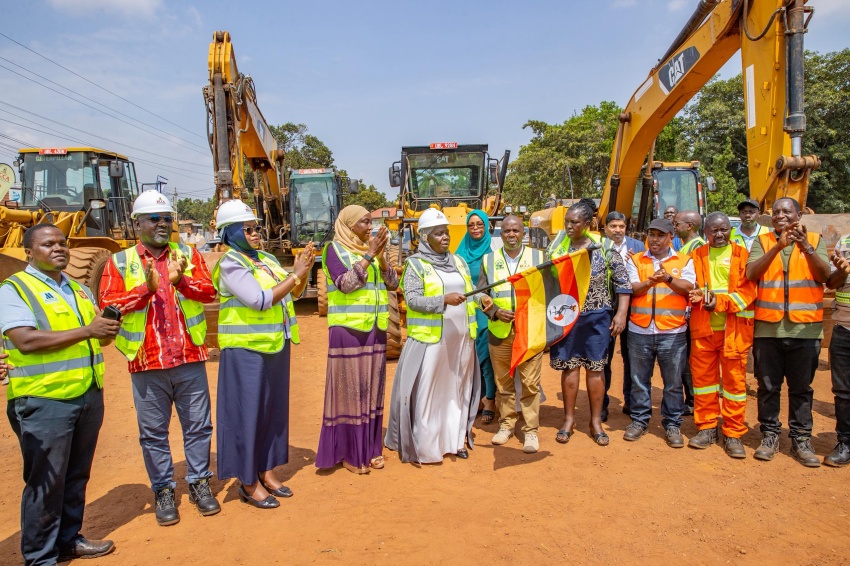

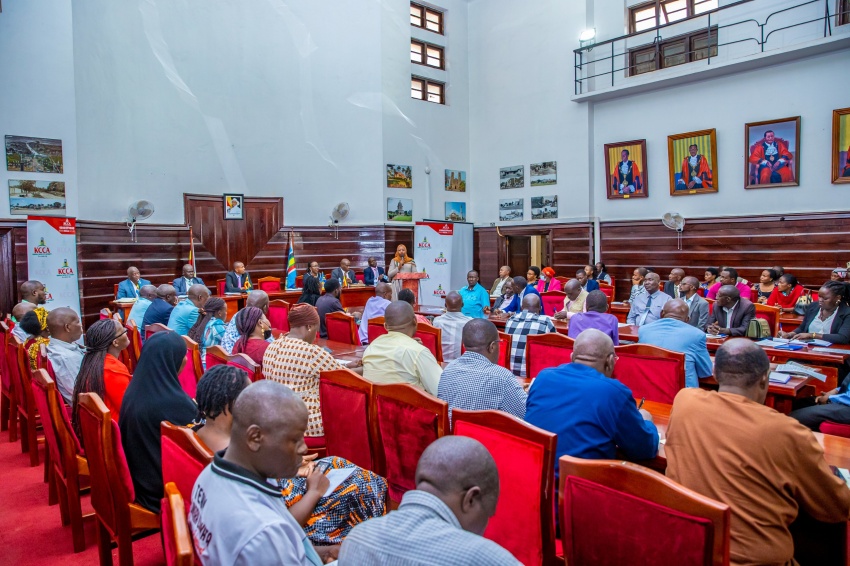

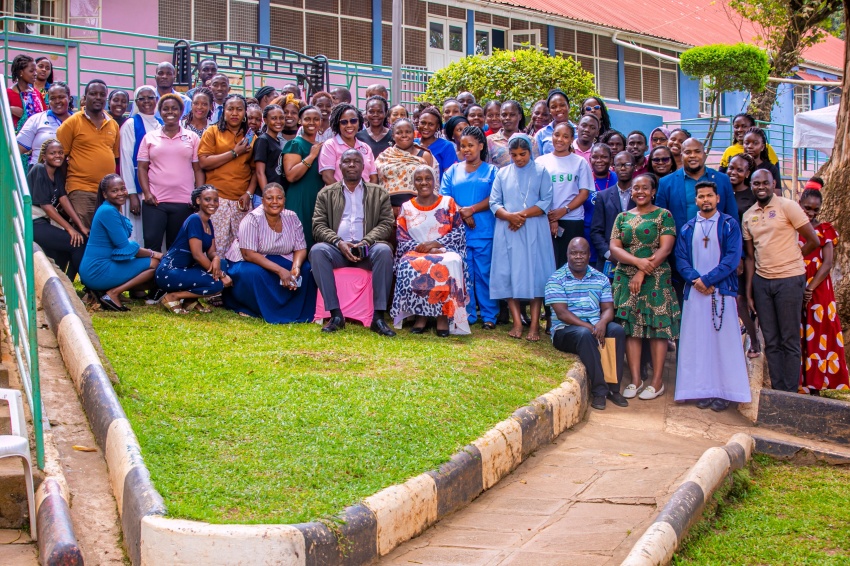
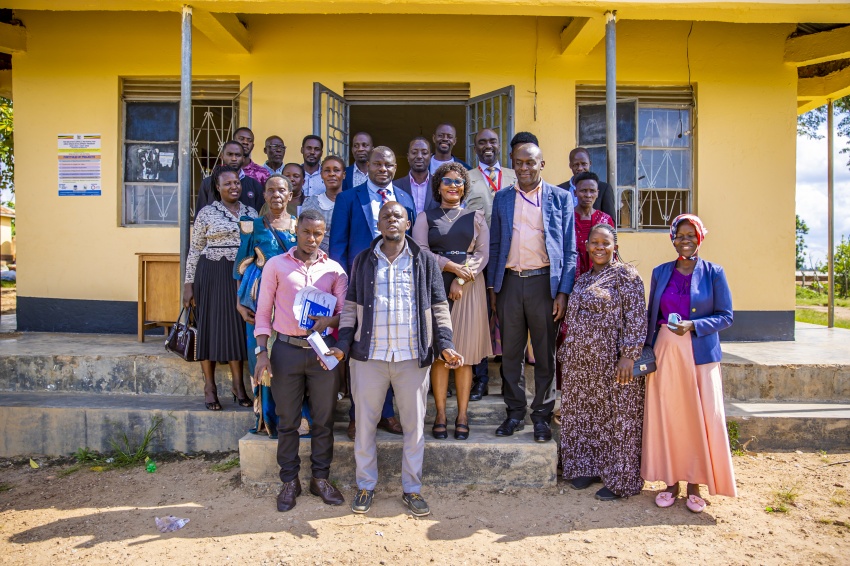
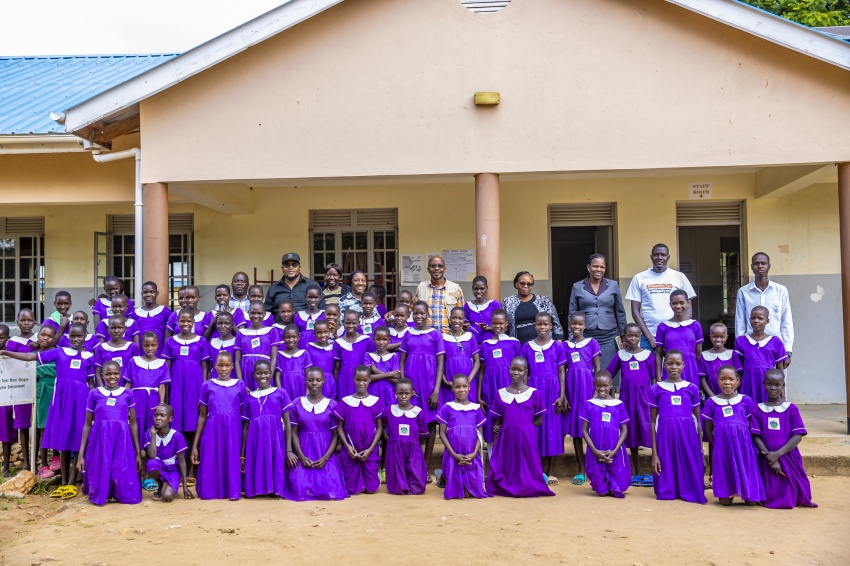









Development partners